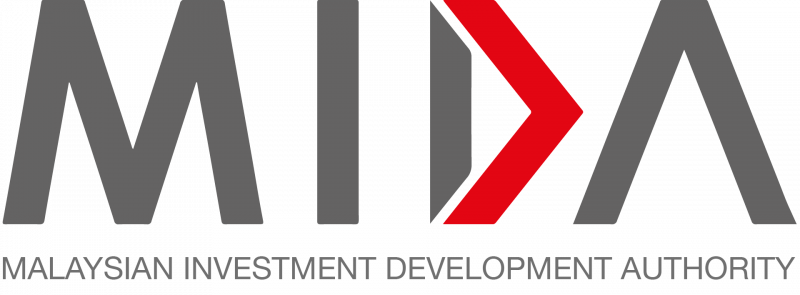Angkasa-X aims to make Malaysia a regional space hub offering ‘satellite-as-a-service’
21 May 2021
The Angkasa-X Group of Companies (Angkasa-X) have concrete plans to make Malaysia a regional space hub offering ‘satellite-as-a-service’ (SAAS), an advanced data sharing technology made available through satellites.
Its executive chairman and chief executive officer Dr Sean Seah described the group as being ‘technological-social inclusive’ and committed to providing internet connectivity, particularly for the region’s underserved communities.
“Studies have shown that the more connected countries are to information, communications and technology, the higher their gross domestic product (GDP) growth tends to be.
“As connections to information become more prevalent, such access will continue to drive economies, increase productivity and efficiencies – while also reducing poverty in underserved communities,” he said in a statement today.
He said SAAS is a platform model – similar to Grab in our region, and AirBNB – in terms of renting out an entity.
The governments and customers need not invest a huge amount of investment to establish infrastructure, especially in remote areas where traditional terrestrial fibre network is limited, but would be able to tap on this service for a faction of the cost, Sean, who is also The National Tech Association of Malaysia (PIKOM) deputy chairman.
Angkasa-X has partnered with various entities to invest in research & development, intellectual property (IP) creation, components sourcing and testing, assembly and manufacturing, launching and maintaining low-earth-orbit (LEO) satellites.
“LEO satellites are essential components which serve as the backbone of space infrastructure.
“Our satellites are set to orbit close to the equator and Angkasa-X has plans for a 500-satellite constellation to connect the Southeast Asian region,” said Sean.
LEO satellites tend to operate from 500 kilometres to 2,000 kilometres above the earth’s surface.
Sean said besides serving rural areas, its LEO satellite solutions could also be used for a wide variety purposes – from training the next generation of students to testing out new technologies in space, from atmospheric and climate research to ocean traffic monitoring.
Angkasa-X’s target customer base include government bodies, telecommunications companies, research institutes, universities, commercial enterprises together with non-governmental organisations (NGOs).
The group aims to launch its first LEO satellite sometime in 2022.
Through a collaboration with Universiti Sains Malaysia (USM), Angkasa-X is also establishing collaborating with various global education technology companies to offer satellite design and engineering courses for talent development.
Last month, the company signed a three-party memorandum of understanding (MOU) with the Penang state government and USM to establish the ASEAN Space Economy by forming the ASEAN-LINK satellite constellation.
In addition, the company also signed a memorandum of agreement (MOA) with USM for the Space Technology and Satellite Engineering Talent Development Programme.
The aim of this programme is to develop more skilled talent for the space industry, with Angkasa-X also having establish its Space Technology Education Fund to provide the necessary funding to train up graduates from universities to join its ASEAN-LINK satellites constellation programme.
On the funding side, with the support of its strategic equity partners such as US-based Greenpro Capital Corp and SEATech Ventures Corp, Angkasa-X plans to offer an initial public offering (IPO) in the US capital markets in the near future.
“The Morgan Stanley Space Team estimates that the roughly US$350 billion global space industry could surge to over US$1 trillion by 2040. “We aim to bring a slice of this pie to Malaysia,” said Sean.
Source: NST


